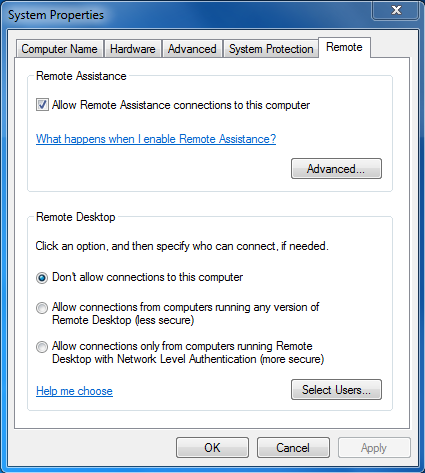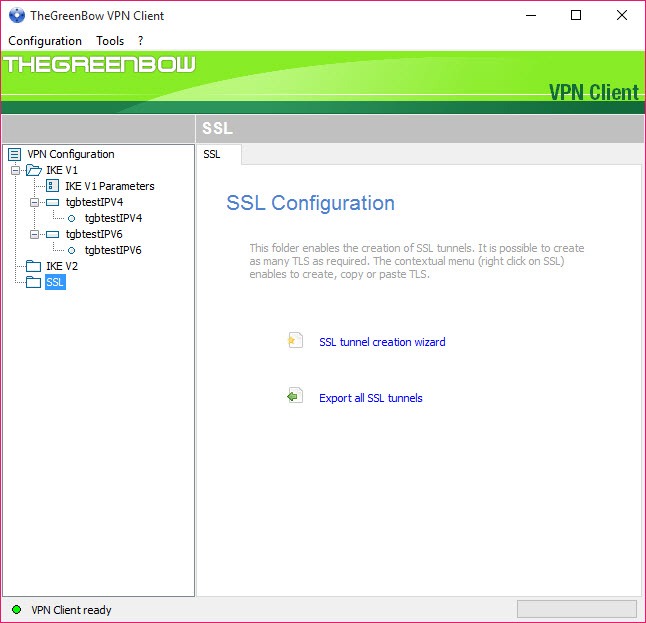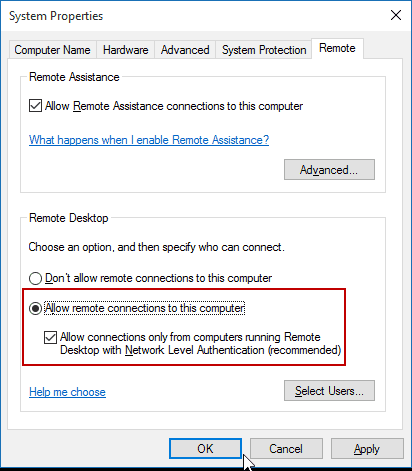The Microsoft Remote Desktop Protocol (RDP) provides remote display and input capabilities over network connections for Windows-based applications running on a server. RDP is designed to support different types of network topologies and multiple LAN protocols.

Note
Since the release of Windows XP, all versions of Windows use the remote desktop protocol, or RDP. This proprietary software allows the operating system to show images from other computers across a shared network. In layman's terms, it allows you to access a computer on the same network but in a different location. Some of these considerations can be addressed using Microsoft Remote Desktop Services to act as a gateway to grant access to remote desktop systems. The Microsoft Remote Desktop Services gateway uses Secure Sockets Layer (SSL) to encrypt communications and prevents the system hosting the remote desktop protocol services from being directly. Summary This article describes the Remote Desktop Protocol (RDP) that's used for communication between the Terminal Server and the Terminal Server Client. RDP is encapsulated and encrypted within TCP. Original product version: Windows Server 2012 R2.

The Microsoft Remote Desktop Protocol (RDP) provides remote display and input capabilities over network connections for Windows-based applications running on a server. RDP is designed to support different types of network topologies and multiple LAN protocols. In this video, we show you how to close the Remote Desktop Protocol (RDP) access port on a Windows 10 computer. Disabling RDP will keep your computer safe fr.
This topic is for software developers. If you are looking for user information for Remote Desktop, see Windows Support. If you are looking for IT professional information for Remote Desktop, see Remote Desktop Services on TechNet.
Basic Architecture
RDP is based on, and an extension of, the ITU T.120 family of protocols. RDP is a multiple-channel capable protocol that allows for separate virtual channels for carrying device communication and presentation data from the server, as well as encrypted client mouse and keyboard data. RDP provides an extensible base and supports up to 64,000 separate channels for data transmission and provisions for multipoint transmission.
On the server, RDP uses its own video driver to render display output by constructing the rendering information into network packets by using RDP protocol and sending them over the network to the client. On the client, RDP receives rendering data and interprets the packets into corresponding Microsoft Windows graphics device interface (GDI) API calls. For the input path, client mouse and keyboard events are redirected from the client to the server. On the server, RDP uses its own keyboard and mouse driver to receive these keyboard and mouse events.

In a Remote Desktop session, all environment variables—for example, variables determining color depth and wallpaper enabling and disabling—are determined by the RCP-Tcp connection settings. This applies to all functions and methods that set environment variables in the Remote Desktop Web Connection Reference and the Remote Desktop Services WMI Provider interface.
Features
Microsoft RDP includes the following features and capabilities:
Encryption
RDP uses RSA Security's RC4 cipher, a stream cipher designed to efficiently encrypt small amounts of data. RC4 is designed for secure communications over networks. Administrators can choose to encrypt data by using a 56- or 128-bit key.
Bandwidth reduction features
RDP supports various mechanisms to reduce the amount of data transmitted over a network connection. Mechanisms include data compression, persistent caching of bitmaps, and caching of glyphs and fragments in RAM. The persistent bitmap cache can provide a substantial improvement in performance over low-bandwidth connections, especially when running applications that make extensive use of large bitmaps.

Roaming disconnect
A user can manually disconnect from a remote desktop session without logging off. The user is automatically reconnected to their disconnected session when he or she logs back onto the system, either from the same device or a different device. When a user's session is unexpectedly terminated by a network or client failure, the user is disconnected but not logged off.
Clipboard mapping
Users can delete, copy, and paste text and graphics between applications running on the local computer and those running in a remote desktop session, and between sessions.
Print redirection
Applications running within a remote desktop session can print to a printer attached to the client device.
Virtual channels

By using RDP virtual channel architecture, existing applications can be augmented and new applications can be developed to add features that require communications between the client device and an application running in a remote desktop session.
Remote control
Computer support staff can view and control a remote desktop session. Sharing input and display graphics between two remote desktop sessions gives a support person the ability to diagnose and resolve problems remotely.
Windows 10 1903 Remote Desktop Protocol Error
Network load balancing
RDP takes advantage of network load balancing (NLB), where available.
In addition, RDP contains the following features:
- Support for 24-bit color.
- Improved performance over low-speed dial-up connections through reduced bandwidth.
- Smart Card authentication through Remote Desktop Services.
- Keyboard hooking. The ability to direct special Windows key combinations, in full-screen mode, to the local computer or to a remote computer.
- Sound, drive, port, and network printer redirection. Sounds that occur on the remote computer can be heard on the client computer running the RDC client, and local client drives will be visible to the remote desktop session.
Windows Remote Desktop is one of the go-to proprietary services for those managing a few remote computers on the same network. It’s free, and it’s very easy to set up and use.
But what if you need to support a larger number of clients outside your network? Will WRD be enough for that? Are there any substantial feature limitations?
Let’s dive into the pros and cons of using Windows Remote Desktop and investigate.
Windows 10 Remote Desktop Protocol Error
Pros
- It’s free. Remote Desktop is a built-in Windows service that runs on the Remote Desktop Protocol and therefore is completely free. You don’t have to spend a single dollar on a third-party tool if your needs are limited to in-office remote support or accessing your centralized file storage on-the-go.
- It’s easy to set up. Although Windows Remote Desktop is disabled in the operating system by default, it’s very easy to turn it on. Note, however, that Home editions of Windows don’t include this service, but we’ll get back to that soon.
Cons
- It may not be that easy to set up outside the office. If you’re planning to use Windows Remote Desktop outside your office network, you’ll need to configure the remote network to accept incoming connection requests. Besides that, you’ll need to know the IP address of the server along with the login credentials for the remote machine(s) you want to connect to. This is a no-go approach if the remote client requiring assistance is not a tech-savvy person.
- It’s only included in Pro, Business or Ultimate versions of Windows. If you need to support your friends, family members, or a large number of clients running any of the Windows Home versions, then Remote Desktop shouldn’t be your tool of choice. You just won’t be able to connect.
- It doesn’t allow to reboot the remote machine and automatically reconnect. Being able to reboot the remote computer and automatically reconnect is a vital remote support feature. While many third-party applications such as FixMe.IT allow you to do that with a single mouse click, Windows Remote Desktop requires additional actions on your end.
- It locks the remote screen, making the remote user unable to interfere or see anything that you’re doing on their machine. This is one of the biggest problems of Windows Remote Desktop that hasn’t been yet resolved. Furthermore, there are no whiteboard tools that would allow you to demonstrate a certain process to your client.
- It doesn’t really allow to run multiple concurrent sessions. Although there’s a workaround that lets you turn on multiple remote desktop connections on Windows 10 & 8, Microsoft’s built-in tool simply wouldn’t be able to handle dozens of connections with different network settings. Techinline’s FixMe.IT, in turn, allows you to run an unlimited number of concurrent support sessions and easily switch between them in the process.
Conclusion
Remote Desktop Protocol Windows 10 Home
For local network administration and accessing your office machines remotely, Windows Remote Desktop is a great tool that’s free and easy to set up. However, if your primary goal is to easily perform remote tech support, you’d better check out third-party applications such as FixMe.IT.
Windows 10 Remote Access
Are you using Windows Remote Desktop to access your office machines? Did we miss any of its advantages or disadvantages? Let us know in the comments!
Enable Remote Desktop Protocol Windows 10
Visit our website to learn more about the FixMe.IT remote desktop application and its features. Join us on Facebook, Twitter, or LinkedIn to get all the latest product and blog updates as they happen.
Related Posts
